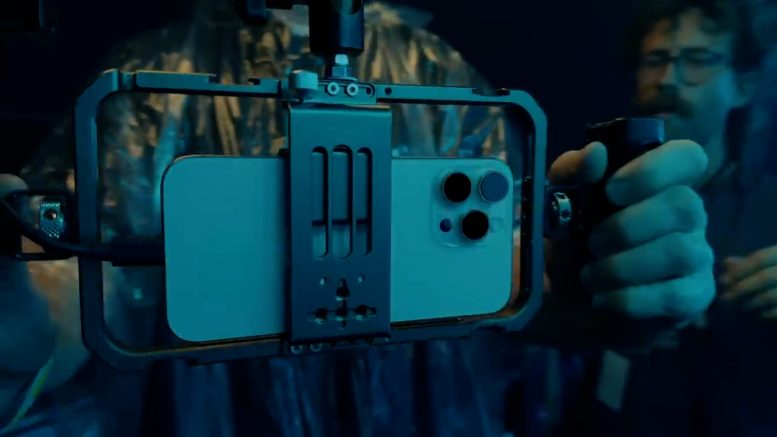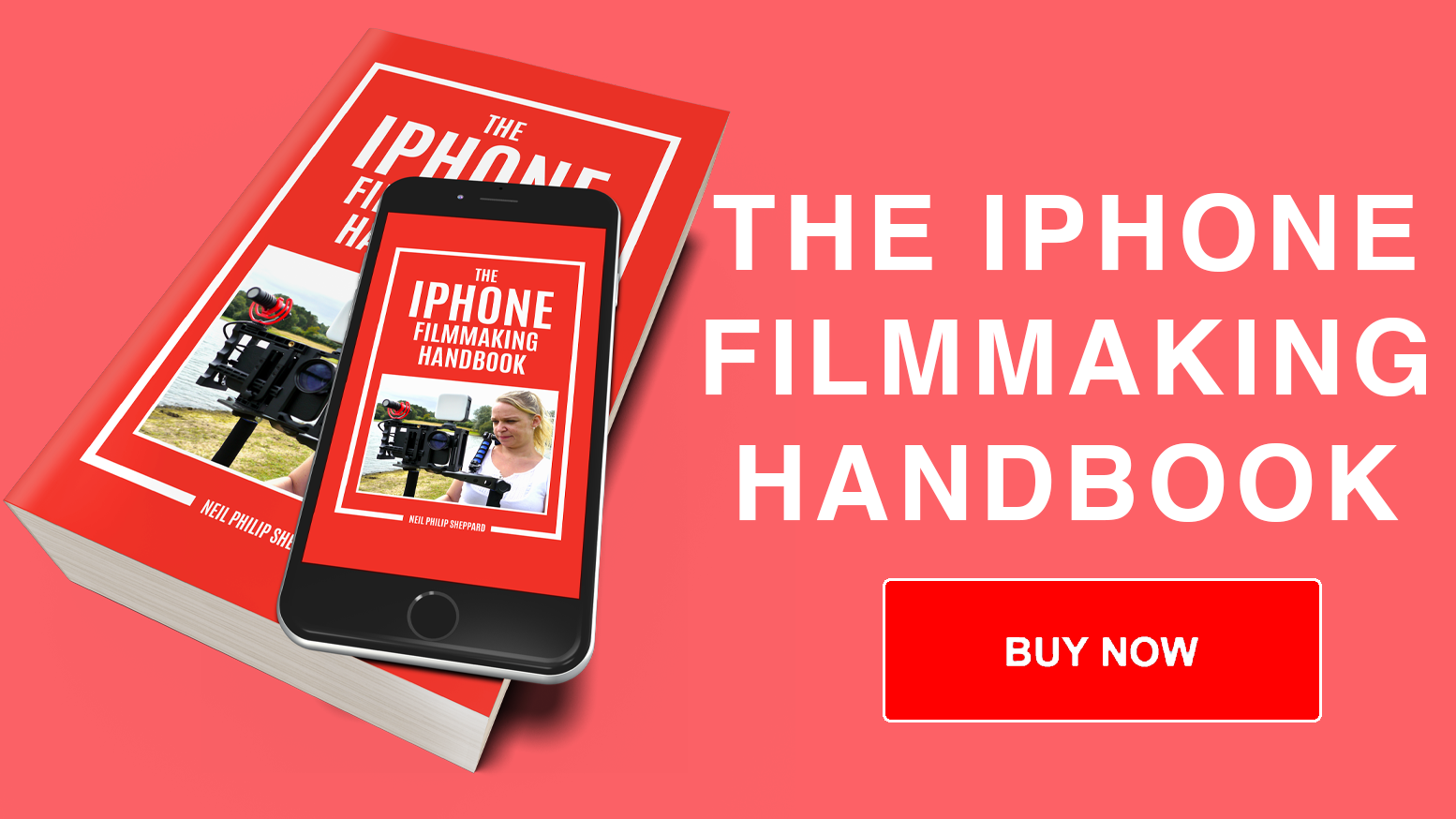The iPhone 16 Pro: Eight Exciting Upgrades for Filmmakers
The iPhone 16 Pro is a game-changer for filmmakers. Apple has added several new features that will make capturing professional-quality footage easier and more powerful. So let’s dive into the eight biggest upgrades for filmmakers, with a particular emphasis on the major enhancements to video recording.
1. 4K Recording at 120 FPS: A Cinematic Breakthrough
We’ll begin with the most significant update: 4K recording at 120 frames per second (fps). This is huge! For years, iPhones only supported 4K at up to 60 fps, so being able to double the frame rate to 120 fps in 4K is a massive improvement.
Why does this matter for filmmakers? Higher frame rates allow for incredibly smooth slow-motion effects, giving you more creative freedom when editing your footage. You’ll be able to capture fast-moving subjects with remarkable clarity and detail without losing any resolution quality. Imagine filming sports events, action scenes, or even just everyday moments in slow-motion—all in gorgeous 4K.
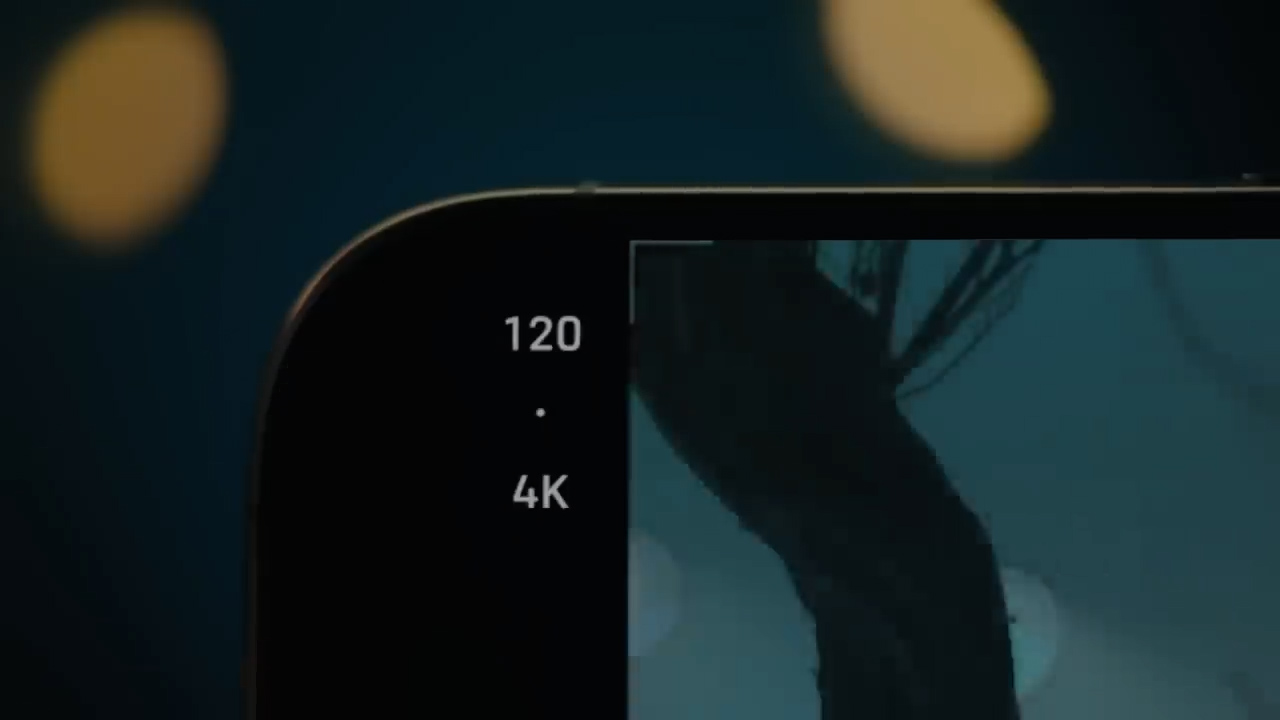
Oh, and don’t worry! This high-frame-rate recording also works when you’re shooting in ProRes to an external SSD, maintaining that crisp quality with less oversharpening, higher dynamic range, and a more easily editable codec. ProRes files are larger, but they’re perfect for professional post-production.
If you’re using a third-party app like Blackmagic Camera, you can even bypass the need for an SSD and record internally at those high frame rates. This gives you flexibility depending on your workflow.
2. The New Camera Button: Control at Your Fingertips
Apple has finally added another physical button dedicated solely to the camera. After years of reducing buttons on the iPhone, this new button, which features a touchpad, brings additional functionality. For filmmakers, this opens up so many possibilities.
This new camera button isn’t just for quick access to the camera app. It also has half-press functions, allowing you to lock focus and exposure before fully pressing to start recording—just like on professional cameras. No more fiddling with touchscreen controls when you’re in the moment!
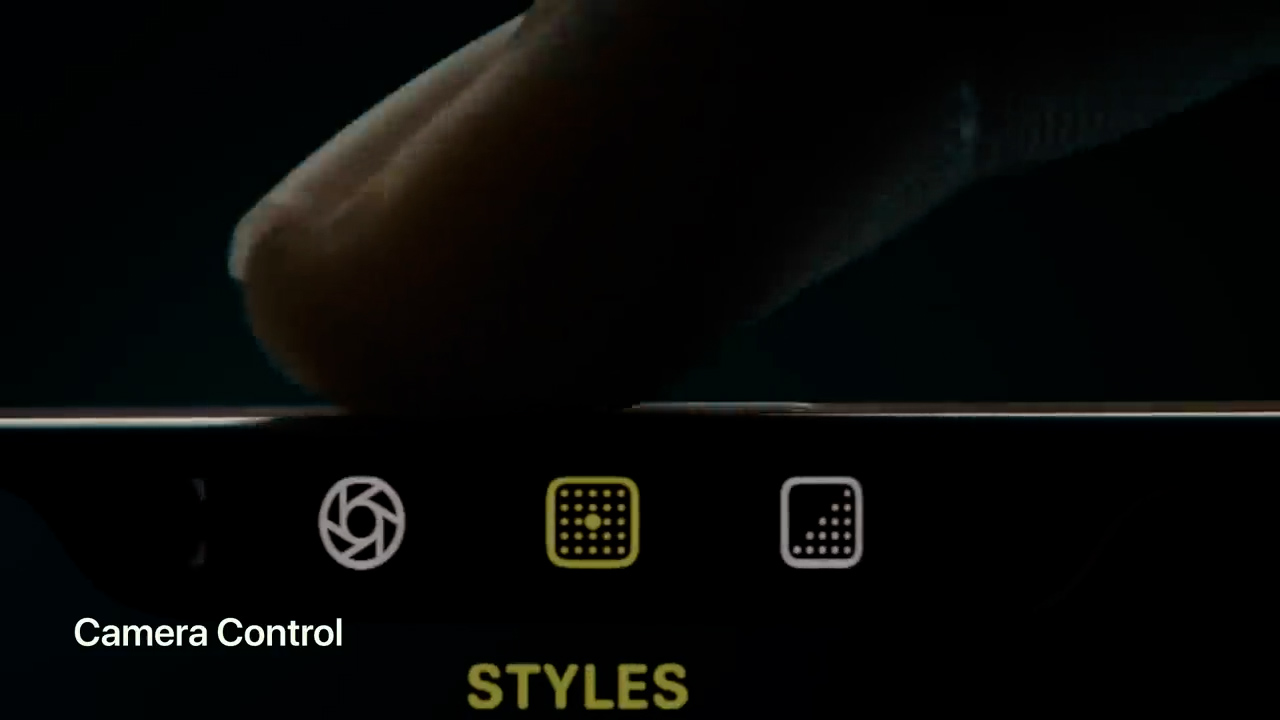
You can also swipe across the button to switch between lenses or adjust other settings. This is a huge quality-of-life improvement that will help you capture footage faster without messing with on-screen controls during critical shots.
3. Upgraded Ultrawide Camera: Now 48 Megapixels
Next on the list: the ultrawide camera has been upgraded to 48 megapixels, a dramatic increase from previous models. While Apple hasn’t enabled 8K recording (yet), the higher megapixel count still brings a significant boost to image and video quality.
This is especially exciting because, in past iPhones, the ultrawide camera’s video quality left a lot to be desired. It often felt like an older GoPro, with fisheye distortion and low-quality footage. Now, with this higher resolution, we’re hoping to see sharper, clearer video with better detail and dynamic range.

I’m particularly excited to test this upgrade out in low-light situations, where ultrawide cameras typically struggle. With this bump in resolution, the ultrawide lens should be much more usable for filmmakers who need to capture sweeping shots or dynamic close-ups.
4. Second-Generation Optical Image Stabilization: Smoother Footage
Staying with the camera upgrades, Apple has introduced a second-generation optical image stabilization (OIS) system in the main camera.
What’s great about OIS is that it physically stabilizes the camera sensor, reducing shake and allowing for smoother footage without relying solely on software stabilization. While iPhones already feature Action Mode, which uses software to stabilize footage, OIS often results in a more natural, less artificial look. For filmmakers, this means buttery-smooth video, even if you’re filming handheld.

Software stabilization can sometimes make footage look unnaturally smooth, but with improved OIS, you get the best of both worlds—natural, stable footage that’s closer to what you’d expect from a high-end camera.
5. Enhanced Heat Dissipation: Record Longer Without Overheating
One of the most underrated but important upgrades to the iPhone 16 Pro is its improved heat dissipation system. Apple has incorporated a graphite and aluminum substructure, which helps disperse heat more efficiently. This is great news if you’ve ever dealt with your iPhone overheating during long filming sessions.
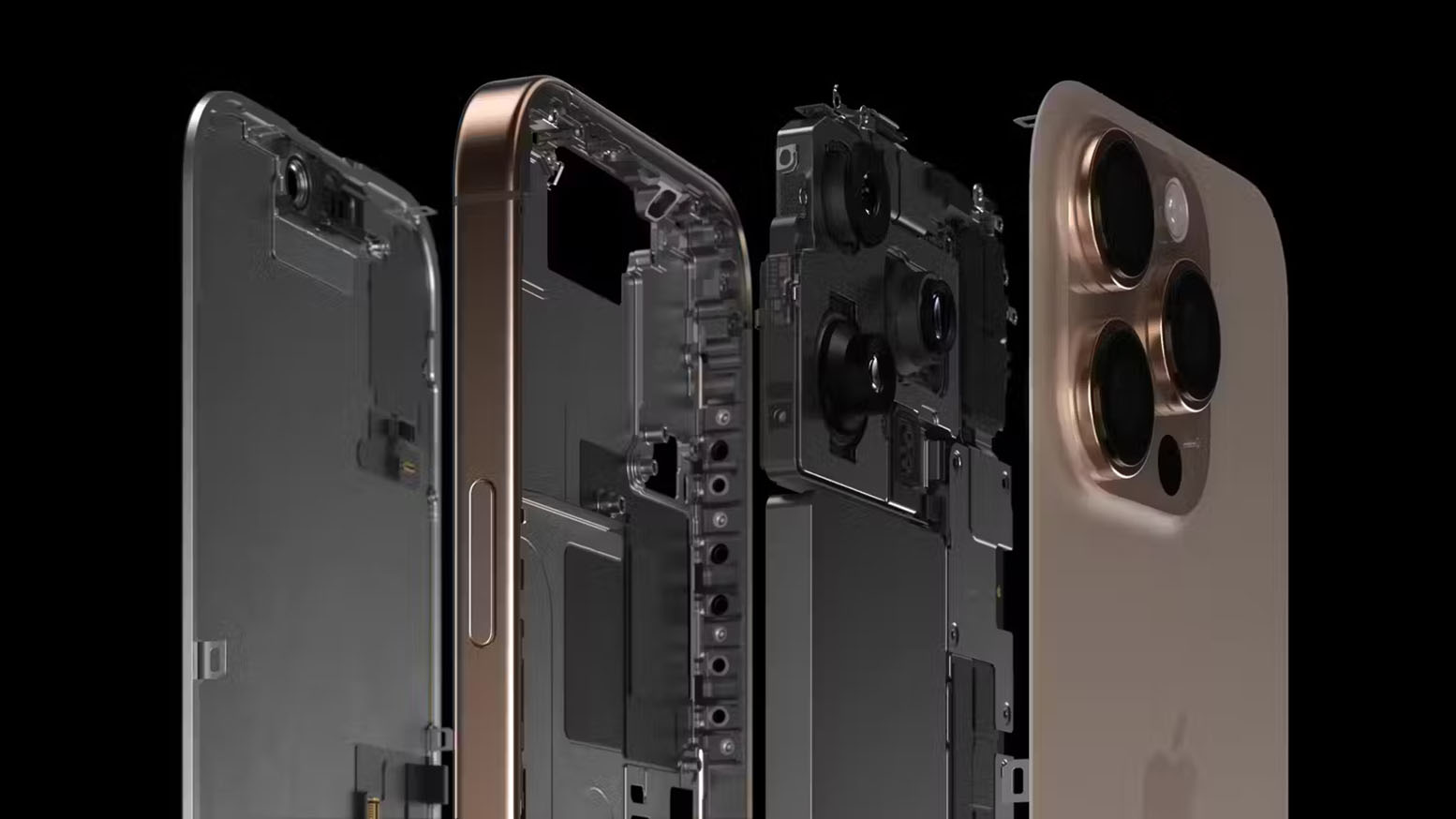
Filming in 4K at high frame rates generates a lot of heat, and in the past, iPhones could sometimes overheat and shut down, disrupting your shoot. With this new design, the iPhone 16 Pro should be able to handle longer recording sessions without any issues, even at those demanding settings. If you’ve been frustrated by overheating in the past, this upgrade alone might make the iPhone 16 Pro worth it.
6. Improved Microphones: Better Audio, Even in Windy Conditions
What’s the most important part of any video? The audio. Apple has recognized this and upgraded the iPhone 16 Pro’s microphones, now featuring four “studio-quality” mics.
Apple claims these microphones have a lower noise floor and better wind noise reduction, which should result in clearer, cleaner audio. While I’m skeptical of the “studio-quality” label, any improvement in microphone performance is welcome, especially for filmmakers who need to capture high-quality sound without external mics.

These built-in mics should be more than adequate for quick on-the-go shoots or Instagram Reels. For more professional work, you’ll still want to use external mics, but it’s nice to see Apple focusing on improving the basics.
7. Audio Mix Feature: Isolate and Improve Dialogue
Apple didn’t stop at the microphones—they’ve also introduced a new audio mix feature. This feature allows you to isolate voices in your footage and suppress background noise, similar to tools like Adobe’s Podcast AI or DaVinci Resolve’s Voice Isolation.
You can even choose to focus on audio from specific people in the frame, giving you more control over how your video sounds. This is especially useful in noisy environments or when filming interviews outdoors. If executed well, this could be a huge time-saver in post-production.
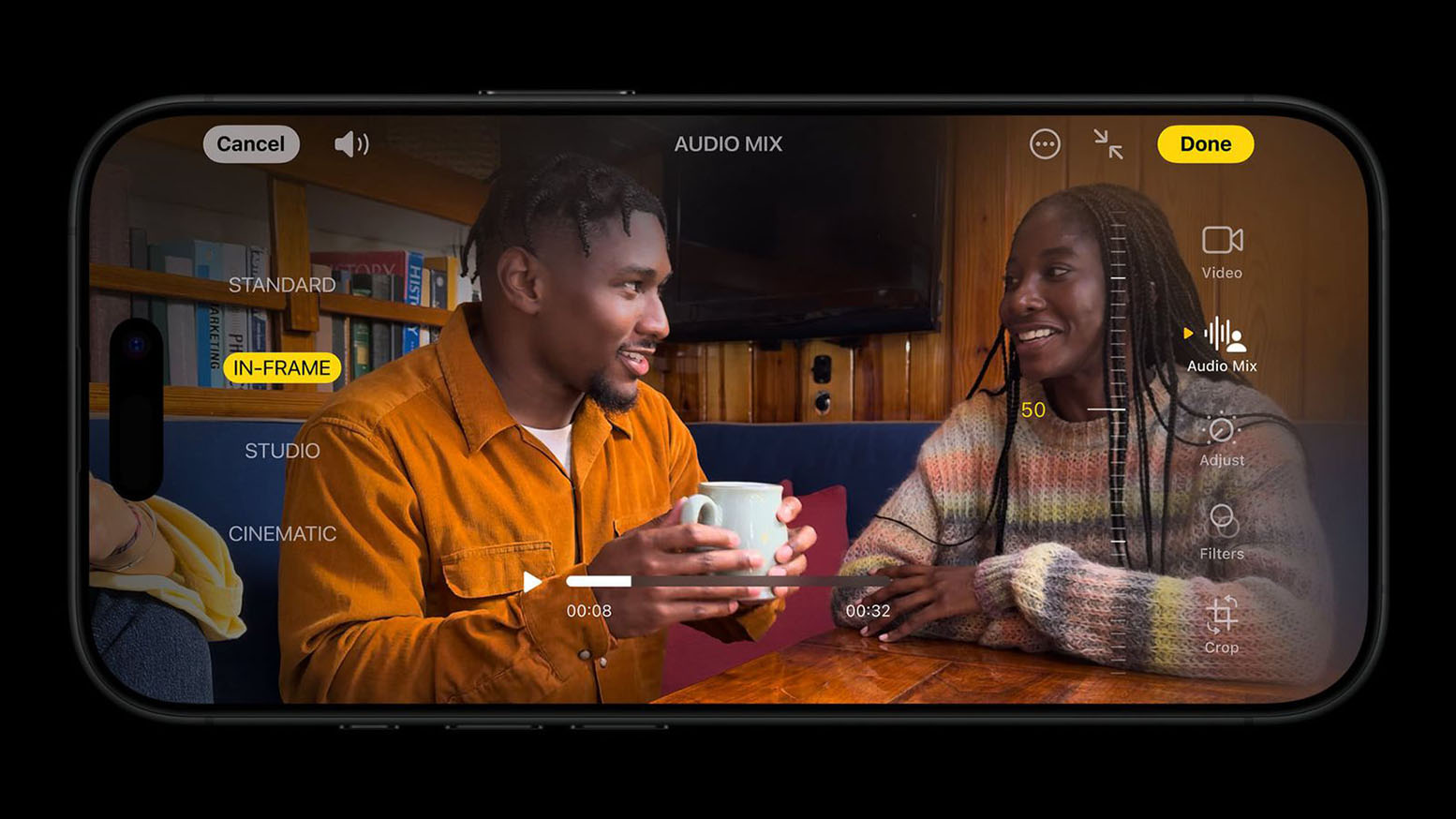
Of course, audio isolation tools can sometimes sound artificial or robotic, so I’m cautiously optimistic about this feature. It’ll be interesting to see how well it performs in real-world tests.
8. Built-in Slow Motion Playback: Edit on the Fly
One of the coolest software updates for filmmakers is the ability to slow down high-frame-rate footage directly on your iPhone. In previous models, you’d have to export your footage to a computer and use editing software to create slow-motion effects. Now, you can adjust the playback speed right on the iPhone itself.
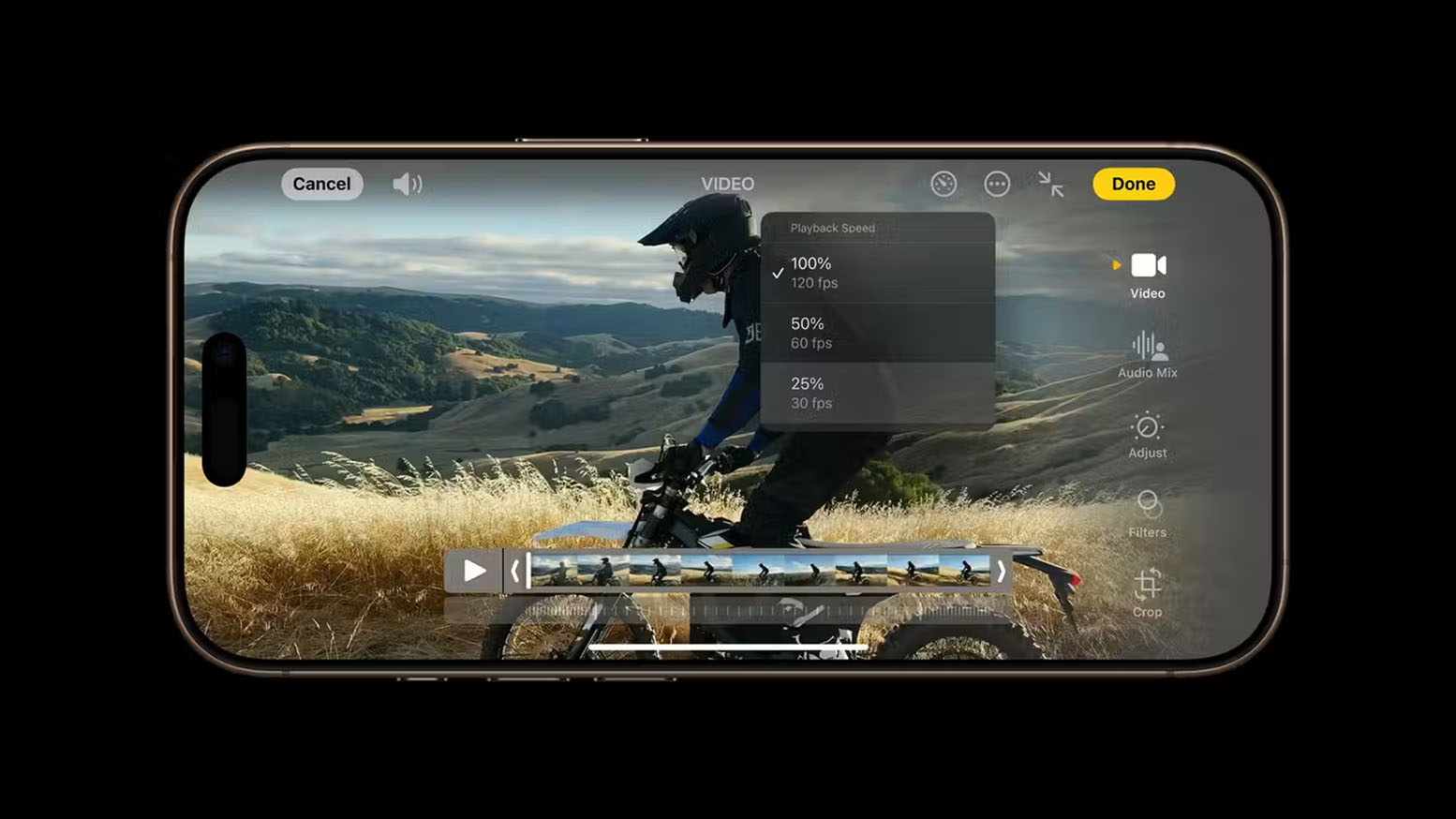
This makes on-the-go editing much easier. If you’re filming a quick social media video or a short project, you can create slow-motion sequences without ever needing to leave the iPhone ecosystem.
Conclusion: Is the iPhone 16 Pro a Filmmaker’s Dream?
When it comes to filmmaking, the iPhone 16 Pro delivers some truly exciting upgrades. From 4K 120 fps recording to improved stabilization, better microphones, and real-time slow-motion editing, Apple has packed a ton of features into this year’s Pro model.
For filmmakers using older models or those who need professional-grade video tools in a pocketable device, the iPhone 16 Pro offers a lot of value. Whether you’re shooting high-quality social media content, short films, or even longer projects, this phone is more equipped than ever to meet your needs.
If you’re coming from an older iPhone or even an Android device, this is one of the best upgrades you could make. The iPhone 16 Pro is a serious filmmaking tool in a smartphone body, and it’ll be exciting to see what creators do with it.
Other Popular posts like this:
Best Budget Smartphone Filmmaking Gear Under $100
Blackmagic Camera App for Android has finally been released!
Elevate Your Time-Lapse Videography with ReeLapse

